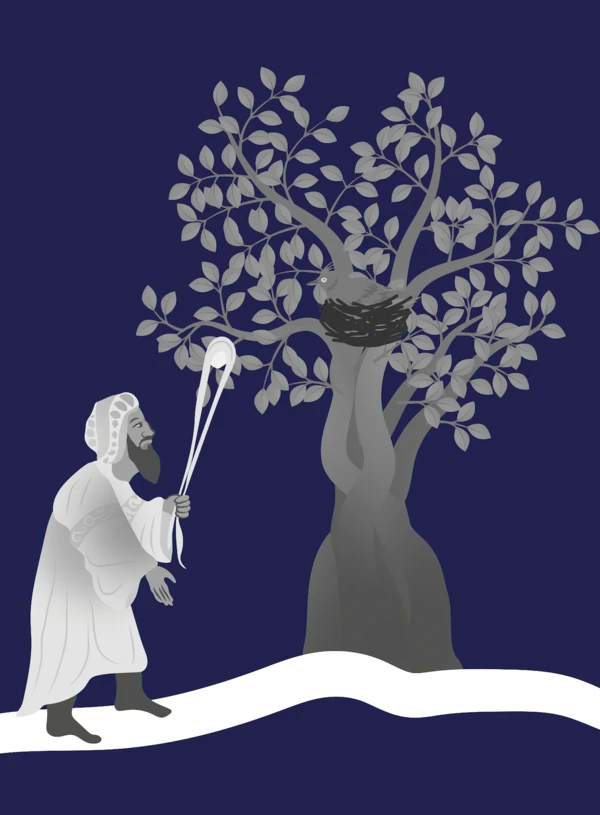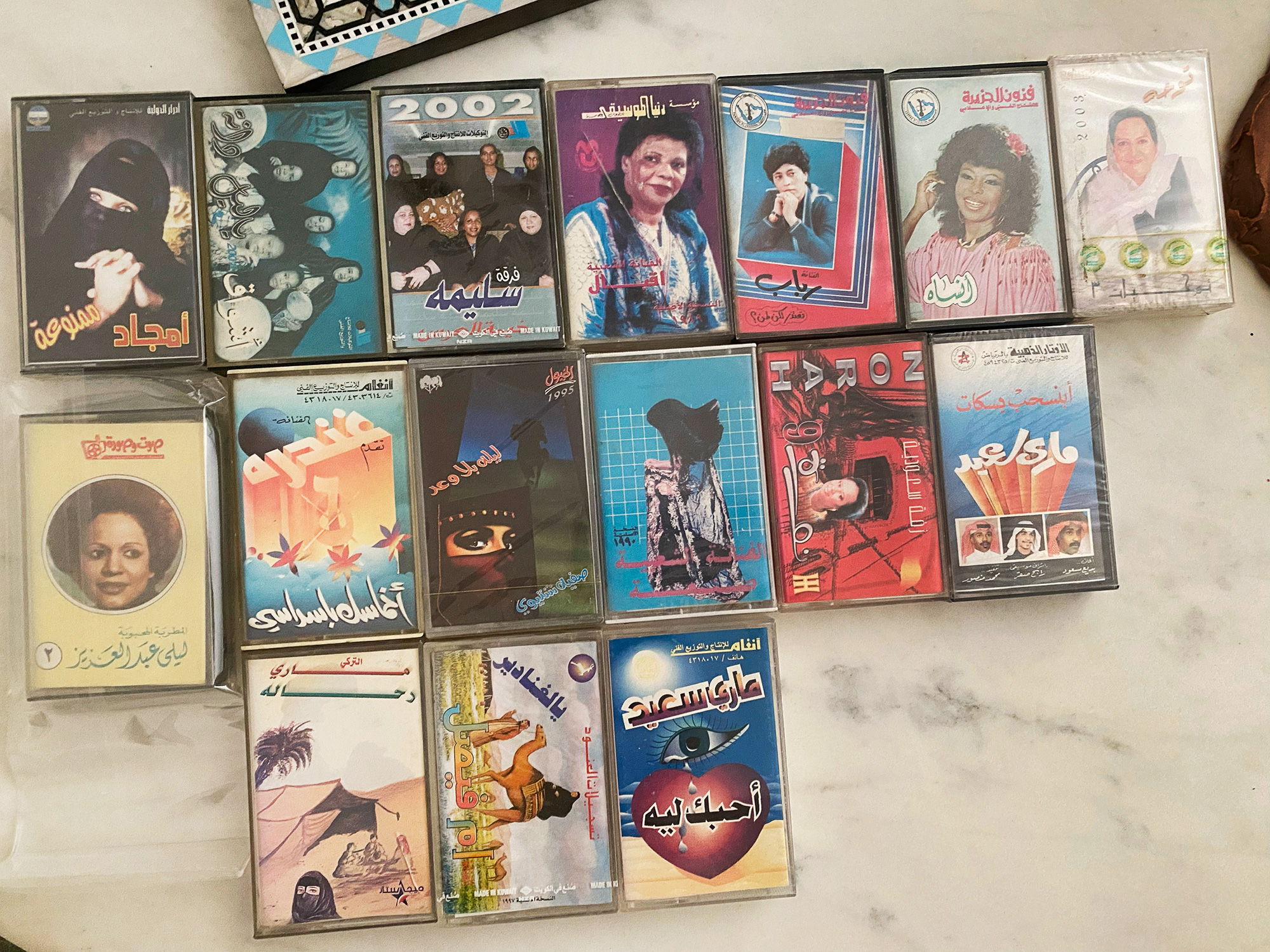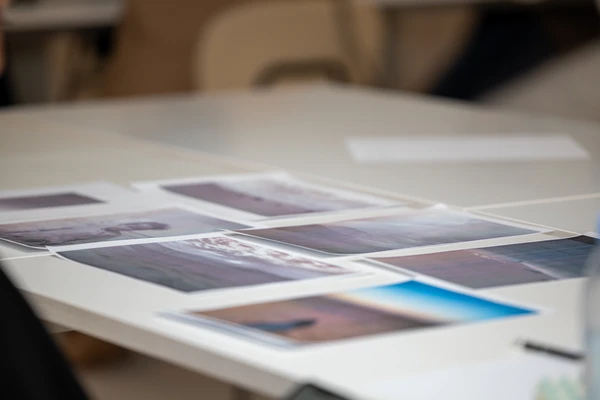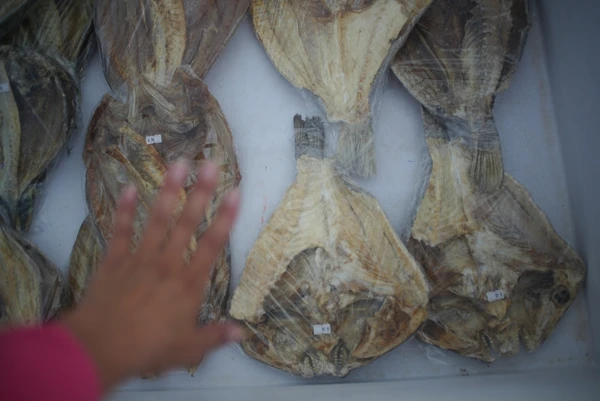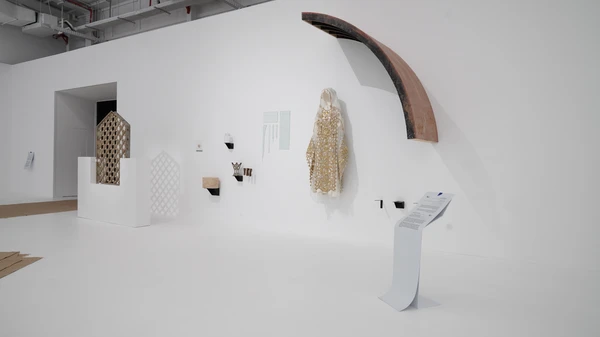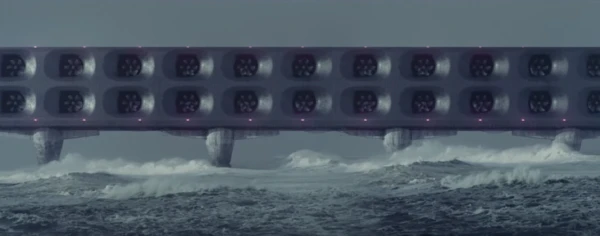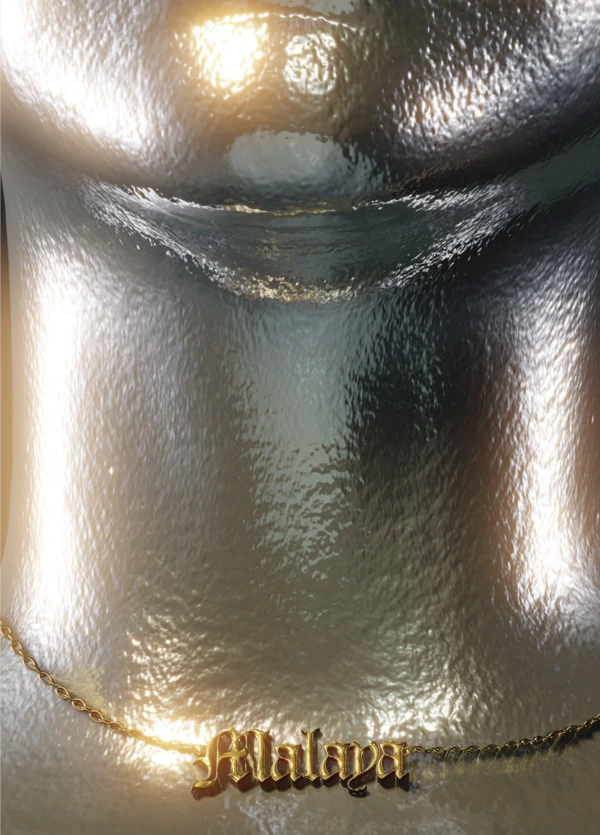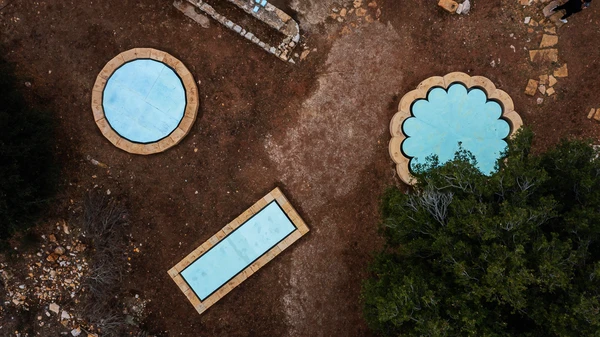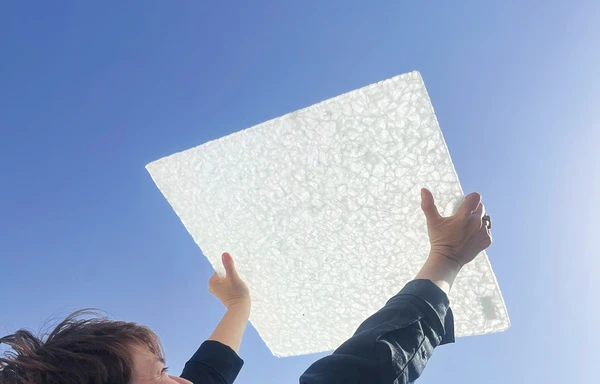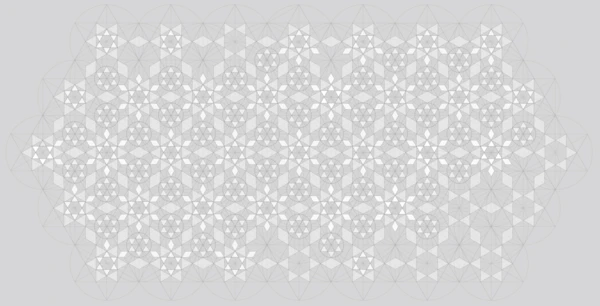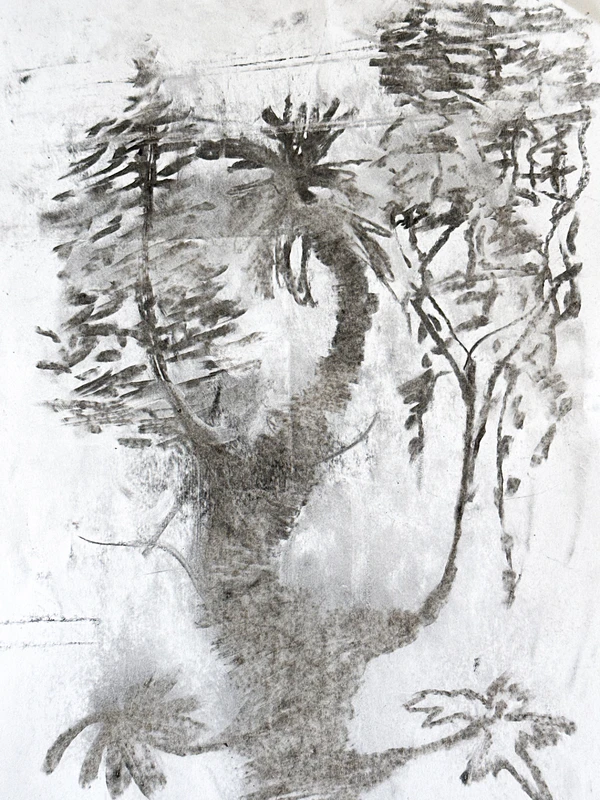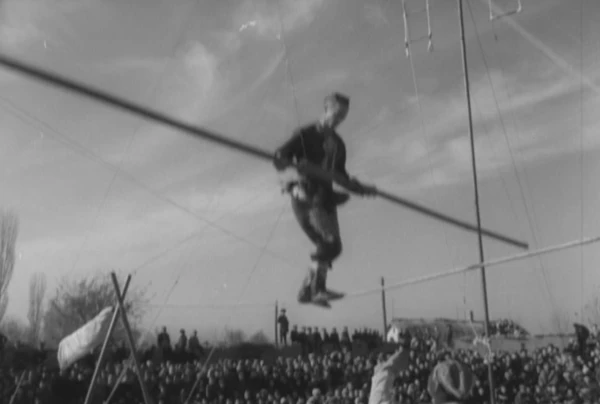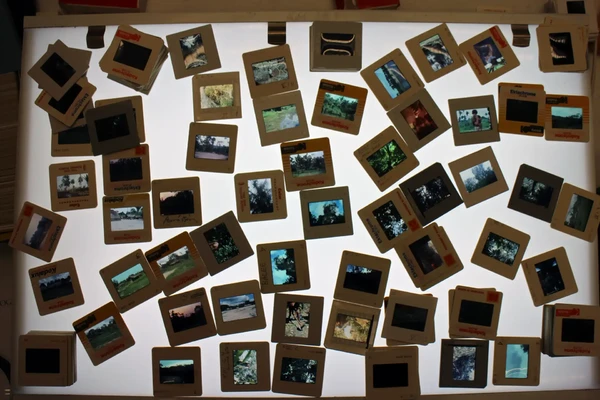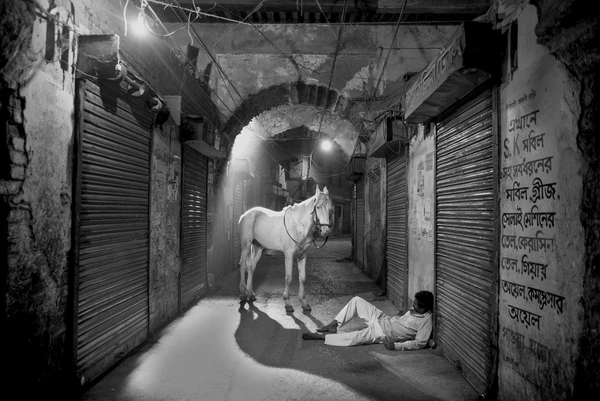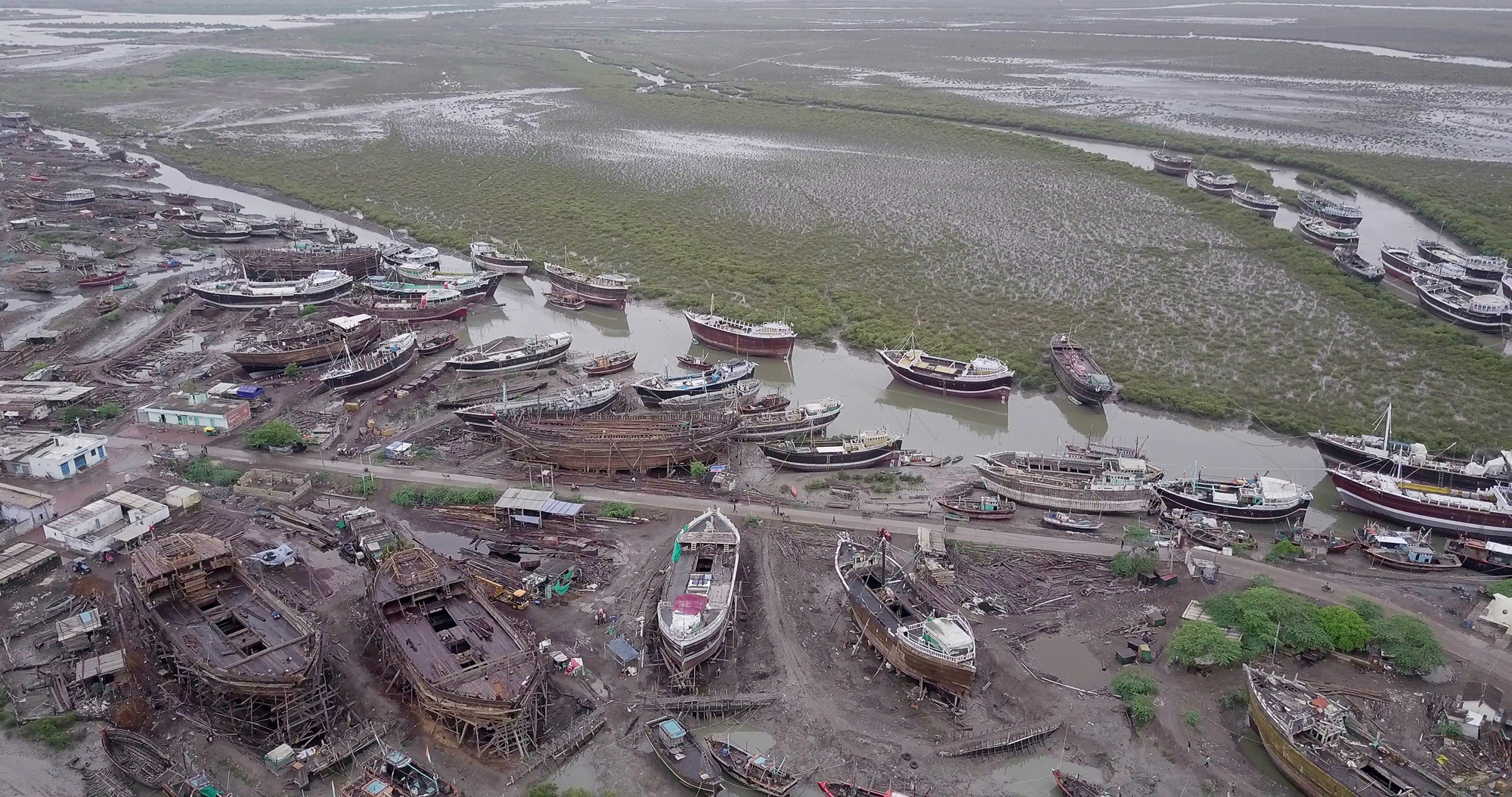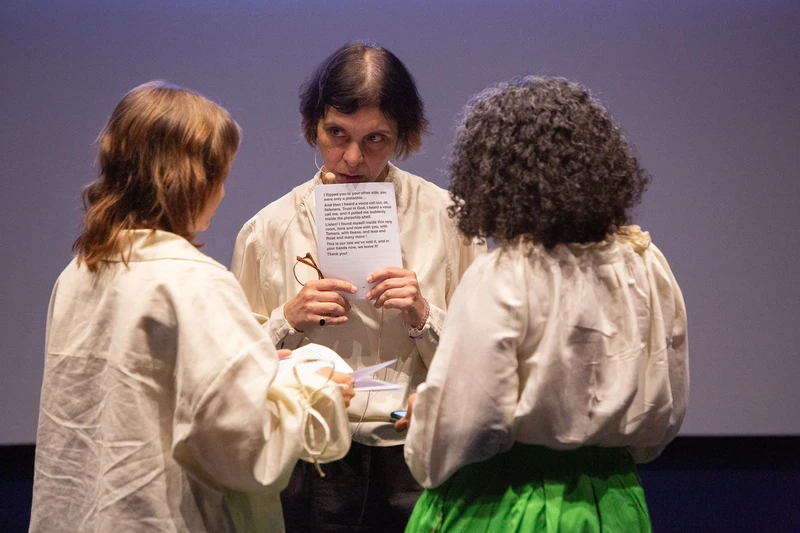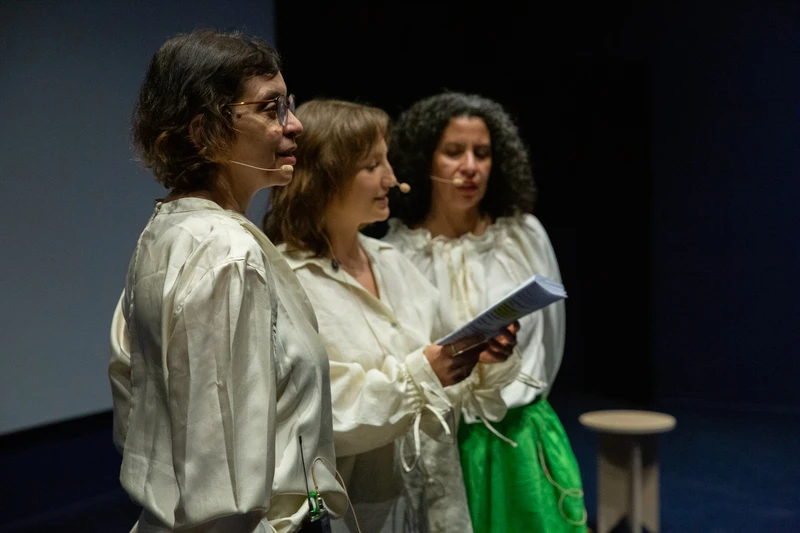Gazelle in a Mother's Eye
Jumana Emil Abboud

“Where do you collect your water from?
There is a well behind the house…and it’s very convenient….and sometimes, I go to the farther spring, to listen to the sound of the water, to hear the birds and be in the shade of the trees…
Are you a dove?
I am.
What do you think about humans?
They are curious. They tend to complicate existence. Life can be simpler.”
Working with collaborators Tamara Kalo and Ileana Gonzalez Pacheco, artist Jumana Emil Abboud has created an immersive study of local folktales and the experience of embedding herself in the Riyadh landscape. The performance took place in May 2024 at the Diriyah Contemporary Art Biennale as part of the Biennale Encounters program.
In her ‘water reading’, Abboud examines how historic relationships with natural sources, primarily water, have informed the intangible heritage of the present day. Abboud translates and detangles questions around water resources into spoken word, video, movement, and live drawing to create a context-specific work of both imagination and reenactment.
Rooted in feminine insight, in collective processes, in the sensorial, and in entanglement with the natural world, stories are revisited and revised, brought together in a new storytelling event that is held by the alluring film footage shot on location in Riyadh by Abboud’s long-time collaborator Issa Freij.
The stories are presented in dedication, care, and attention to the watery environments that shape one’s connection to the past and future, where Wadi Hanifah and Wuthaylan national park are among central examples of such a connection.


The resulting performance is comprised of readings from folk tales, lived experience, imagination, and improvisation, as well as water exchanges and audience participation.
- Credits: Film footage by Issa Freij and Mohamed Almubarak. With special thanks to the National Center for Vegetation Cover and their esteemed team, to Wuthaylan Park rangers, and to Rawan Alferaih, Amina Diab, Rose Lejuene and Jack Persekian.
